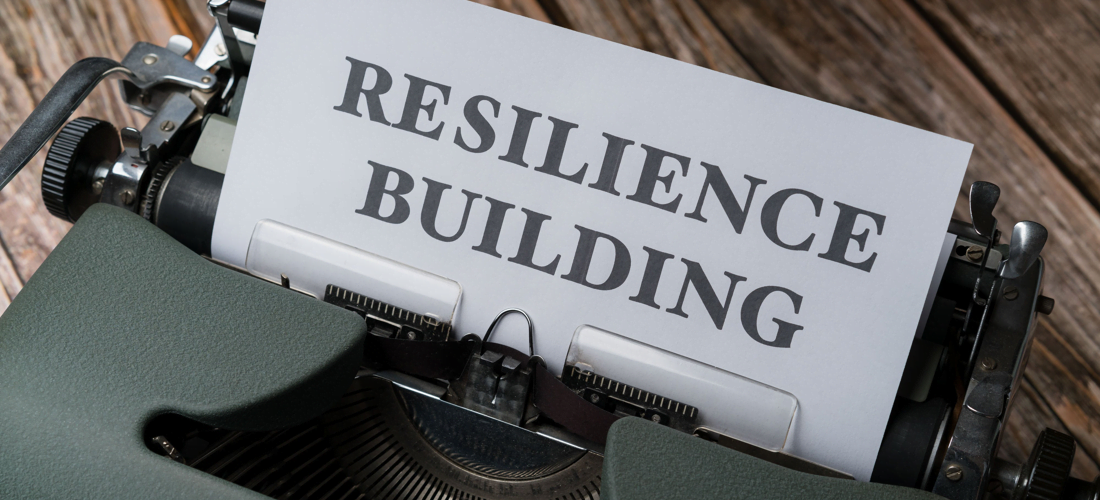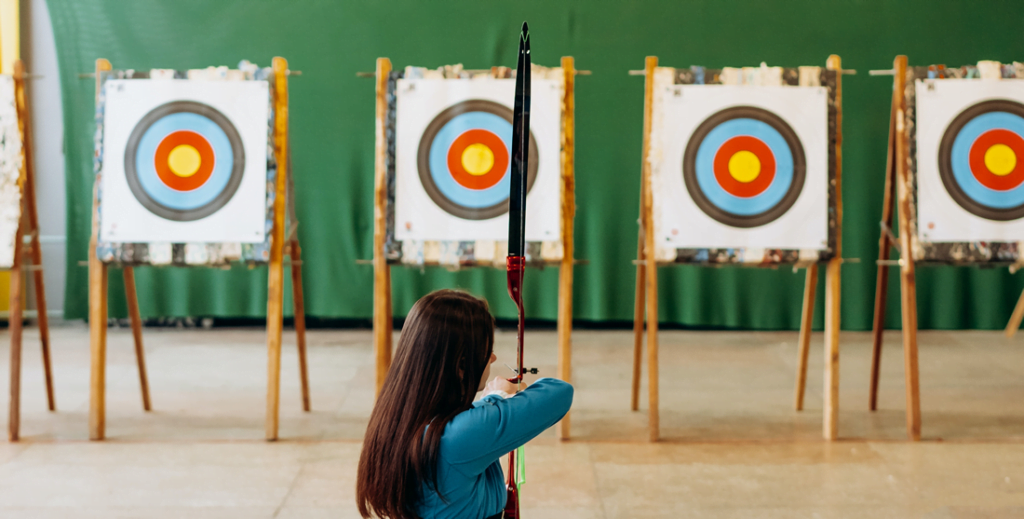In an increasingly interconnected world, solitude can seem intimidating, even undesirable. However, embracing intentional solitude – the deliberate act of spending time alone, can hold the key to building resilience. Resilience, by definition, is the ability to recover quickly or adapt readily to adversities or changes. It’s like a psychological immune system that strengthens us against the blows of life, allowing us to bounce back from difficulties more effectively. We can build resilience through intentional solitude in multitude ways.
By consciously choosing to spend time alone, we provide ourselves the opportunity to self-reflect, process emotions, and gain clarity. This self-awareness is a cornerstone of resilience, aiding us to better understand our strengths and weaknesses and equip ourselves to face life’s challenges head-on.
Incorporating intentional solitude into our lives is vital for numerous reasons. It’s a precious time where we can unplug from our hectic schedules and the incessant noise of the world around us. This opportunity for quiet reflection brings inner peace and promotes mental clarity.
This solitude allows us to engage in introspection, which can help us make more informed decisions, understand our emotions better, and foster personal growth. More importantly, it enables us to replenish our mental resources, reduce stress, and enhance creativity.
In an era where burnout and mental fatigue are increasingly prevalent, intentional solitude can be a powerful tool for maintaining psychological health. Ultimately, the resilience gained through regular periods of intentional solitude prepares us to weather life’s storms with grace and fortitude.
Building Resilience through Different Forms of Solitude
Different forms of solitude – physical, mental, and emotional – each offer unique avenues for building resilience. Physical solitude, often the most recognized form, involves physically distancing oneself from others. This can be achieved through activities like solo walks, journaling, or meditation. It provides a space for introspection and self-reflection, which are integral for developing resilience.
Mental solitude, on the other hand, involves creating a mental space free from external information or stimuli, allowing the mind to rest and rejuvenate. This could involve disconnecting from digital devices, practicing mindfulness, or engaging in activities that require deep concentration.
Emotional solitude is the practice of allowing oneself to fully experience and process emotions without the influence or judgment of others. This could involve intentionally spending time to identify, understand, and accept one’s emotions. Emotional solitude fosters emotional resilience, enabling us to handle emotional ups and downs effectively, thereby strengthening our overall resilience.
Historical Figures Embracing Intentional Solitude for Personal Growth
Several influential figures throughout history have embraced intentional solitude to foster personal growth and resilience. One such individual is Henry David Thoreau, a renowned philosopher and author. Thoreau intentionally secluded himself in a cabin by Walden Pond for two years. This period of intentional solitude allowed him to reflect on human life and society, resulting in his seminal work, “Walden“.
Another example is Frida Kahlo, the renowned Mexican artist known for her vivid and emotive works. Despite enduring physical and emotional hardships throughout her life, Kahlo harnessed her periods of solitude to channel her feelings into her art. Her works stand testament to the emotional resilience that solitude helped her build.
Furthermore, Sir Isaac Newton‘s most productive period, referred to as his ‘year of wonders’ or ‘annus mirabilis’, was a time of self-imposed solitude during the Great Plague of London. Away from the hustle of academia, Newton developed the theories of calculus, optics, and gravity.
These historical figures underline the transformative power of intentional solitude, demonstrating its potential to foster resilience and facilitate personal growth.
Developing a Practice of Intentional Solitude
Developing a practice of intentional solitude involves creating a deliberate and meaningful space for alone time in your life. Here are several ways to cultivate and incorporate intentional solitude into your routine:
Identify Personal Preferences:
- Discussion: Understand what form of solitude resonates with you, whether it’s spending time in nature, engaging in creative activities, or simply being in a quiet space.
- Benefits: Tailoring solitude to your preferences increases the likelihood of it becoming a sustainable and enjoyable practice.
Create Dedicated Space and Time:
- Discussion: Designate a specific time and place for intentional solitude in your schedule, whether it’s a daily morning ritual, a weekly retreat, or occasional weekend getaways.
- Benefits: Having a designated space and time helps make solitude a consistent part of your routine.
Set Realistic Goals:
- Discussion: Start with realistic and achievable goals for your solitude practice, gradually increasing the duration and intensity as you become more comfortable.
- Benefits: Realistic goals prevent feelings of overwhelm and ensure a positive experience, fostering a sense of accomplishment.
Overcome Resistance and Challenges:
- Discussion: Acknowledge and address any resistance or challenges you may face in embracing solitude. This could include discomfort, fear of boredom, or societal expectations.
- Benefits: Overcoming challenges ensures a smoother integration of intentional solitude into your life.
Gradual Integration:
- Discussion: Introduce intentional solitude gradually into your routine, allowing yourself time to adapt and making the process more sustainable.
- Benefits: Incremental changes are often more lasting and easier to incorporate into existing habits.
Mindfulness Meditation:
- Discussion: Practice mindfulness meditation as a way to anchor yourself in the present moment during periods of solitude.
- Benefits: Mindfulness enhances self-awareness, reduces stress, and deepens the overall experience of intentional solitude.
Journaling and Self-Reflection:
- Discussion: Use journaling as a tool for self-reflection during moments of solitude. Write about your thoughts, feelings, and insights.
- Benefits: Journaling helps organize your thoughts, gain clarity, and track your personal growth over time.
Engage in Solitary Activities:
- Discussion: Identify activities you enjoy doing alone, such as reading, hiking, painting, or simply taking a leisurely walk.
- Benefits: Engaging in solitary activities fosters a sense of independence and allows for deeper self-discovery.
Digital Detox:
- Discussion: Temporarily disconnect from electronic devices and social media during intentional solitude to reduce external stimuli.
- Benefits: A digital detox helps create a more immersive and focused solitary experience, fostering a deeper connection with yourself.
Cultivate a Positive Mindset:
- Discussion: Approach intentional solitude with a positive mindset, viewing it as an opportunity for self-care, personal growth, and rejuvenation.
- Benefits: A positive mindset enhances the overall experience and encourages a more resilient attitude towards challenges.
By incorporating these strategies into your life, you can develop a sustainable and fulfilling practice of intentional solitude, reaping the numerous benefits it offers for personal well-being and resilience.
Resilience as a Lifelong Journey
Viewing resilience as an ongoing process is crucial in our pursuit of personal growth and well-being. It’s not a static state to be achieved but a dynamic process of adapting, learning, and growing amidst life’s challenges. As we navigate these challenges, our resilience is continually tested, shaped, and strengthened.
In the same vein, the practice of intentional solitude is not a one-size-fits-all path but an evolving process that adapts to our various life circumstances. The activities we engage in, the duration of solitude, and even our mindset during solitude may change over time. This adaptability ensures that our solitude practice remains relevant, meaningful, and nurturing for our individual needs, fostering resilience in the ever-changing landscape of our lives.
Final Thoughts on Building Resilience through Intentional Solitude
Intentional solitude offers profound benefits for building resilience. This practice cultivates a deeper understanding of oneself, fosters a positive mindset, and supports personal growth. It allows us to confront our personal challenges head-on, enabling an ongoing process of learning and adapting that fuels resilience.
As we evolve, so does our practice of solitude, reflecting our changing needs and circumstances. This dynamic process ensures our practice remains a meaningful part of our lives, continually bolstering our resilience in the face of life’s challenges. Therefore, intentional solitude is not merely a practice, but a lifelong journey of self-discovery, growth, and resilience.












